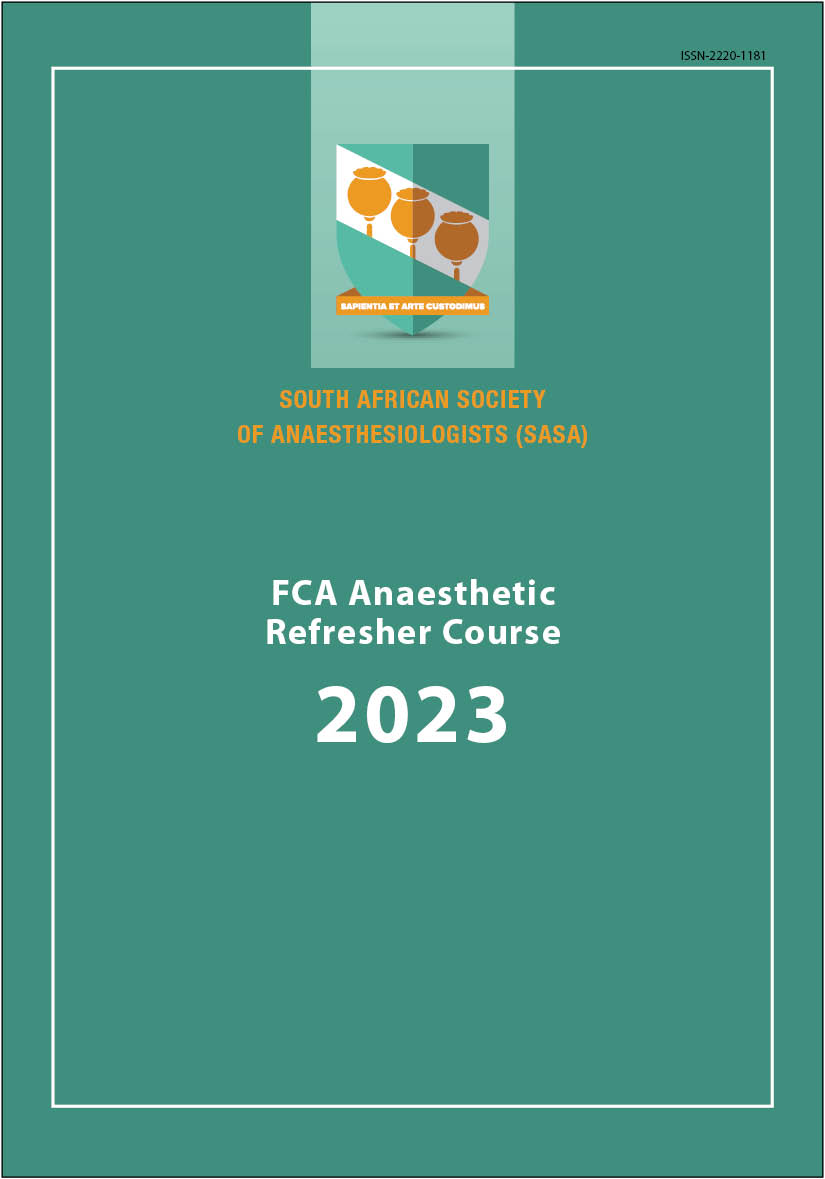Antiarrhythmic drugs
Keywords:
antiarrhythmic, pharmacology, cardiac action potential, pacemaker potential, arrhythmogenesis, Singh Vaughan- WilliamsAbstract
Cardiac muscle is unique in that it has automated or pacemaker cells and non-automated (contractile) cells. Pacemaker cells are found in the sinoatrial (SA) node, atrioventricular (AV) node, and the conduction system of the heart, while contractile cells are found in the atria and ventricles. The cardiac action potential (AP) of both these cell groups differs and results from the sequential changes in membrane permeability to Na+, K+, and Ca2+ and the flow of these ions through ion channels.
Understanding the physiology of cardiac conduction enables the understanding of the pathophysiology of arrhythmogenesis and the targets of antiarrhythmic drugs (AADs). The Singh Vaughan-Williams framework is the simplest classification system for AADs and is based on the main mechanism of action of each drug. It has recently been expanded to include previously unclassified AADs and broaden the mechanisms of action. The pharmacology and clinical applications of commonly used AADs are discussed.
Downloads
Published
Issue
Section
License
By submitting manuscripts to SAJAA, authors of original articles are assigning copyright to the SA Society of Anaesthesiologists. Authors may use their own work after publication without written permission, provided they acknowledge the original source. Individuals and academic institutions may freely copy and distribute articles published in SAJAA for educational and research purposes without obtaining permission.
The work is licensed under a Creative Commons Attribution-Non-Commercial Works 4.0 South Africa License. The SAJAA does not hold itself responsible for statements made by the authors.

